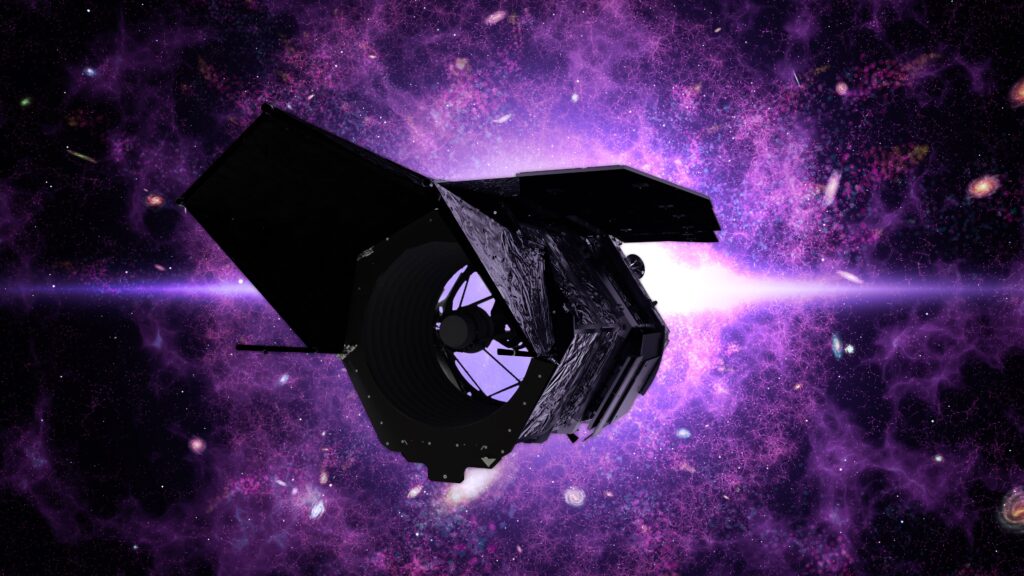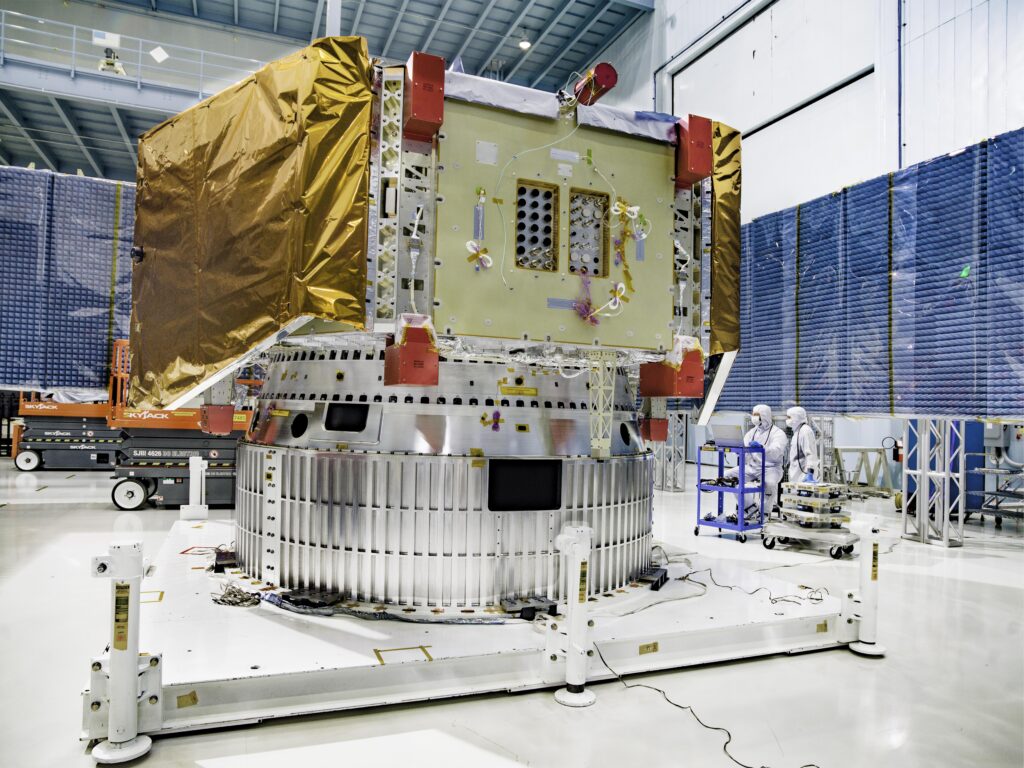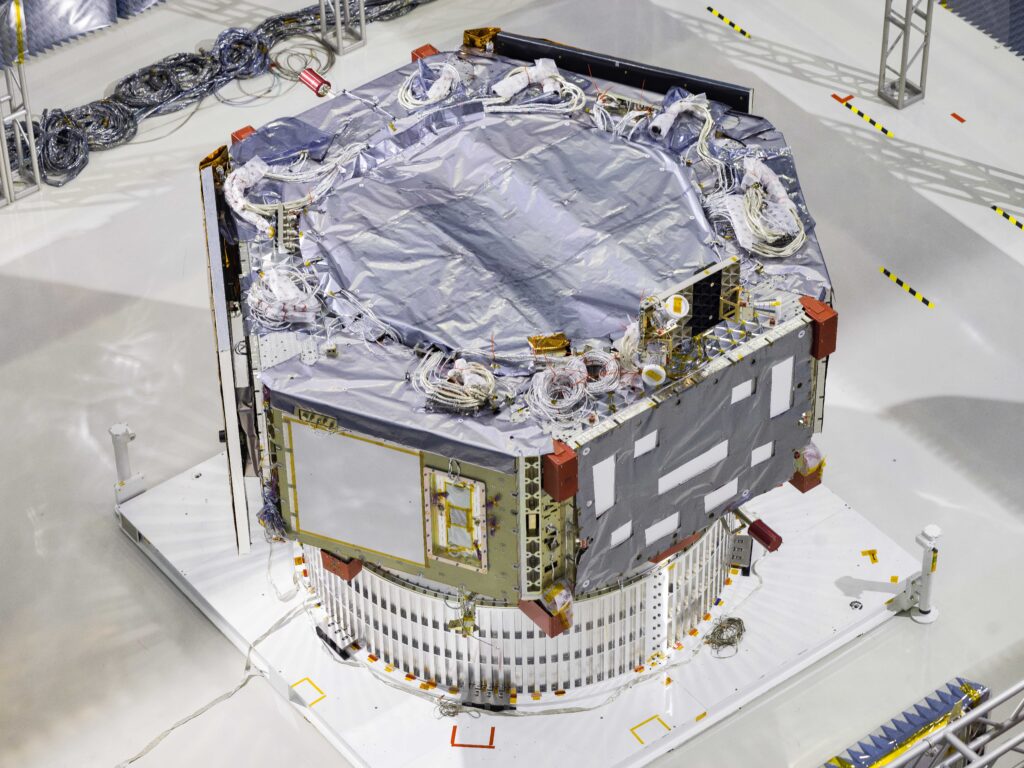NASA specialists have completed the assembly of the spacecraft that will house the new Roman telescope. It is planned to be launched in 2027.
Roman telescope’s tasks
The Roman space telescope is designed to observe large-scale structures of the Universe and study the influence of dark matter on galaxies. Another task of the mission is to search for and obtain direct images of exoplanets.

Roman optical system consists of ten mirrors, the main of which has a diameter of 2.4 meters. It will provide the telescope with the ability to capture images with similar detail to the famous Hubble. For this reason, it is often called Hubble’s successor.
At the same time, there are some significant differences between the two space observatories. Unlike Hubble, Roman will only observe in parts of the visible and near-infrared. In addition, the new telescope will be equipped with a 288-megapixel camera, which makes it possible to photograph parts of the sky with an area of 0.28 square degrees. This is a hundred times the field of view of the Hubble telescope.
Another important difference is that Roman will also carry a coronagraph, a device that can “cut off” the light of a star. Thanks to it, Roman will be able to get the clearest images of protoplanetary and circumstellar disks, as well as find several thousand new exoplanets and get direct images of the largest of them.
“Transport” for the Roman telescope
In order to get all these instruments to the L2 point of the Sun-Earth system (which is where Roman will be observing from), a “transport” is needed. It was manufactured by specialists from the Goddard Space Center. They recently reported the completion of the work. The process of designing, assembling and testing the spacecraft took eight years.

The Roman spacecraft has the shape of a hexagonal prism. Its width is 4 meters, height — 2 meters, mass — 3800 kg. Different methods have been used to reduce it. For example, the space between the spacecraft panels is occupied by ultra-thin metal honeycombs. Many components are made of strong but lightweight composite materials. For example, with a diameter of 1.7 meters, the weight of the Roman antenna reflector is only 10.9 kg.
On board are all the major components needed to keep Roman running, including engines and solar panels. They are connected by almost 80 km of wiring. Roman will receive a new communications system that will allow it to transmit unprecedented amounts of information back to Earth. The observatory is expected to send about 1.4 terabytes of data per day of observations. For comparison, Hubble transmits 2.7 gigabytes of data to Earth every day, James Webb — 58 gigabytes of data.

NASA specialists have already conducted comprehensive tests of the vehicle. Now they are preparing to install a payload on it. This process will begin in 2025. The launch of Roman is scheduled for May 2027. A Falcon Heavy rocket will be used for the mission.
According to NASA


